
Nitrate Removal in WWTP to Protect Groundwater from Contamination
by Dan McKeaton, Aquafix Laboratories Director of Wastewater Education
Nitrate is a sneaky molecule that is difficult to remove and can migrate quickly into groundwater. This leads to concerns for elevated nutrients in waterways and can compromise drinking water. Wastewater treatment plants often don’t have strict removal requirements for nitrate, and when they do have limits, the focus is typically on total nitrogen, rather than nitrate specifically. So why is this?
Nitrate removal in activated sludge processes can be a real challenge because nitrate usually enters the system at low levels and is produced in the wastewater system through the nitrification process. Nitrification Is the last step in an aeration basin, once oxygen levels are high and BOD levels are low. Unfortunately, at this point in an aeration basin, nitrate removal is nearly impossible.
Nitrate is converted into nitrogen gas through a multi-step process, denitrification, to remove the nitrate from the system. This process relies on heterotrophic bacteria that begin to use nitrate as a terminal electron acceptor, rather than oxygen. (Terminal electron acceptors are required to produce energy in cells.) As nitrate is an inferior oxidizer compared to dissolved oxygen, it will basically be ignored if oxygen is present in a system. Also, as the bacteria performing this removal are heterotrophs, nitrate removal will only take place if soluble carbon substrates, such as simple sugars, are present.
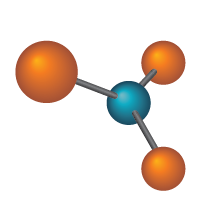
Nitrate Molecule
Nitrate removal must be impossible, right? Well not necessarily.
While BOD levels, and soluble sugar levels, are generally quite low at the end of an aeration basin, some will always be available. Some simple sugars are also released constantly through small amounts of cell death that are always occurring in a wastewater system. When oxygen levels deplete if you leave sludge sitting in a clarifier too long, nitrogen gas will be produced through this process and start floating your solids to the surface.
Even though oxygen is a much better terminal electron acceptor for most wastewater bacteria than nitrate, some bacteria can use both simultaneously. These bacteria are known as aerobic denitrifiers. Unfortunately, this type of bacteria is not abundant enough in wastewater systems to complete nitrate removal. However, you will notice their impacts a bit if you compare ammonia removal rates to nitrate production rates in a well-aerated system. Nitrates will always be a bit lower than expected.
Still, neither of these factors will allow for effective nitrate removal, especially if you’re hoping to achieve nearly 100% removal of nitrate.
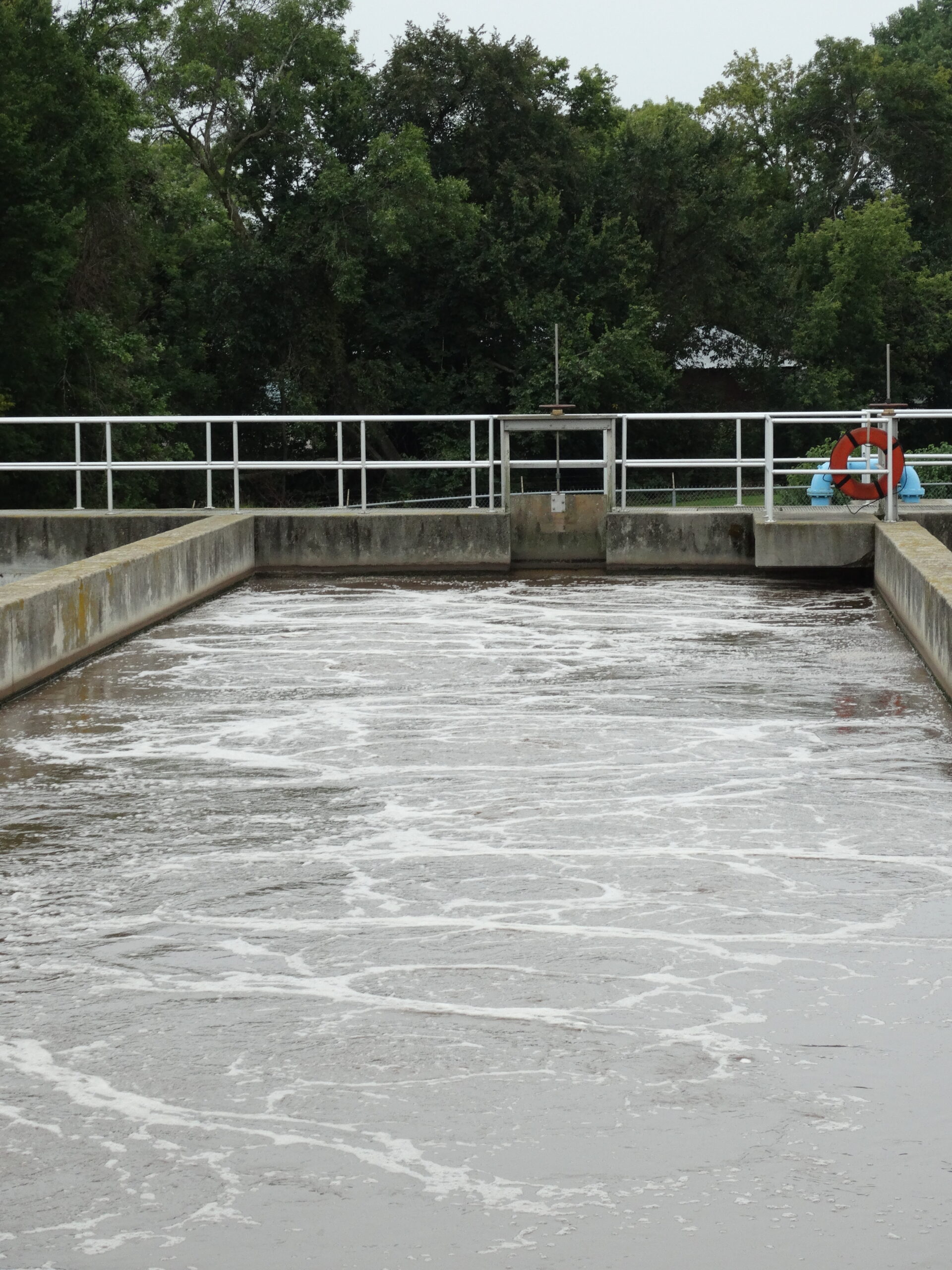
If your plant isn’t set up for nitrate removal, how can you make it happen?
You could add a nitrate removal section to your system. This usually involves a denitrification tank which is mixed and has carbon feed supplemented to assure near-perfect nitrate removal. However, if you can’t add anything new to your system, it isn’t impossible to achieve decent nitrate removal.
One method we’ve actually seen some success with is cycling aeration on and off in an aeration basin. This provides enough time with relatively low ORP that nitrate levels are often reduced substantially. This also increases general heterotrophic removal of ammonia limiting nitrate production within a wastewater system.
Increasing sludge return rates can also help by returning nitrate to the head of an aeration basin, where carbon substrates are more plentiful.
In general, running lower D.O. levels in your aeration basin can help prevent nitrate removal as well and encourage more ammonia removal by heterotrophs, therefore decreasing nitrate production.
Unfortunately, perfect nitrate removal without a plant set up for nitrate removal is nearly impossible. In addition, some risks are involved with messing with sludge returns or D.O. levels in basins, such as low D.O. conditions, which often lead to filament growth. This will increase stress on a system, as well as increasing sludge returns, which also can boost filamentous growth. Therefore, any of these approaches should be taken with caution. However, with proper optimization, it is possible you could reduce nitrate by close to 75% even in a plant not set up for nitrate removal!
To learn more about how to help conserve and protect groundwater, check out tips from the National Ground Water Association here.

About the Author
Dan McKeaton holds a B.S. in chemistry and started working at Aquafix in 2014. Dan performs wastewater research at Aquafix Inc and has presented his research in quaternary ammonium cations at the WEFTEC technical symposium in 2019. Dan also designs customer treatability studies in wastewater, assists in the development of wastewater products, and performs microscopic analysis for wastewater customers.


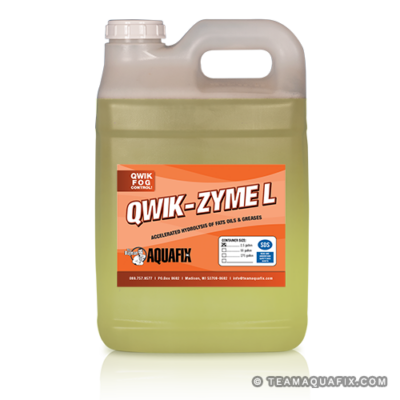
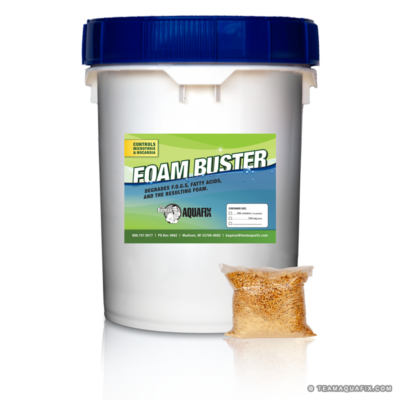
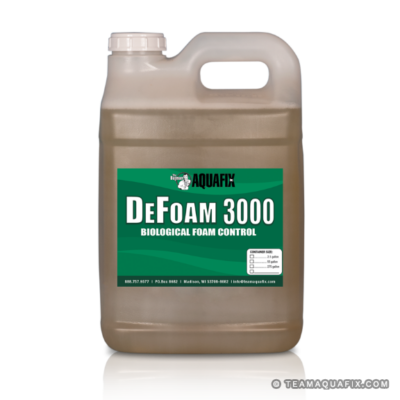
need assistance with NO3